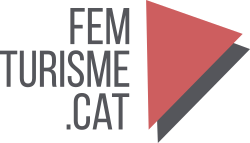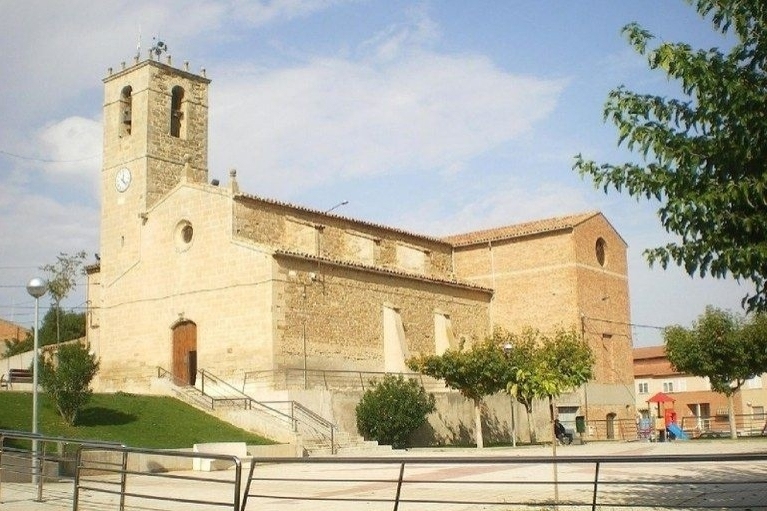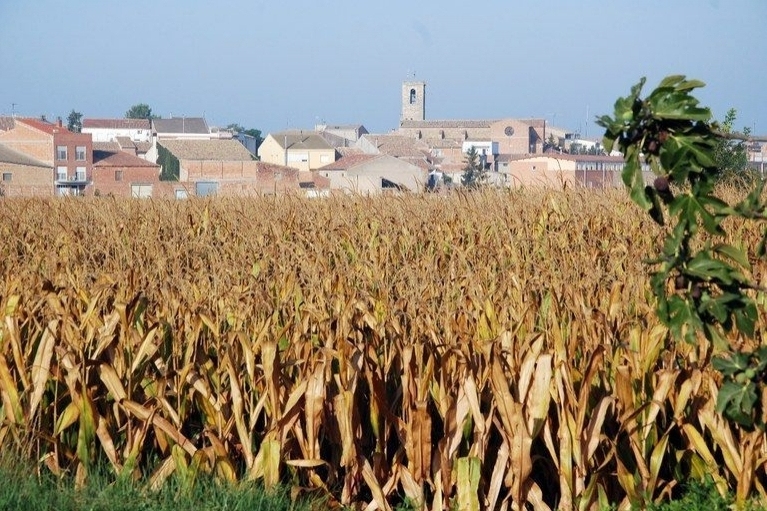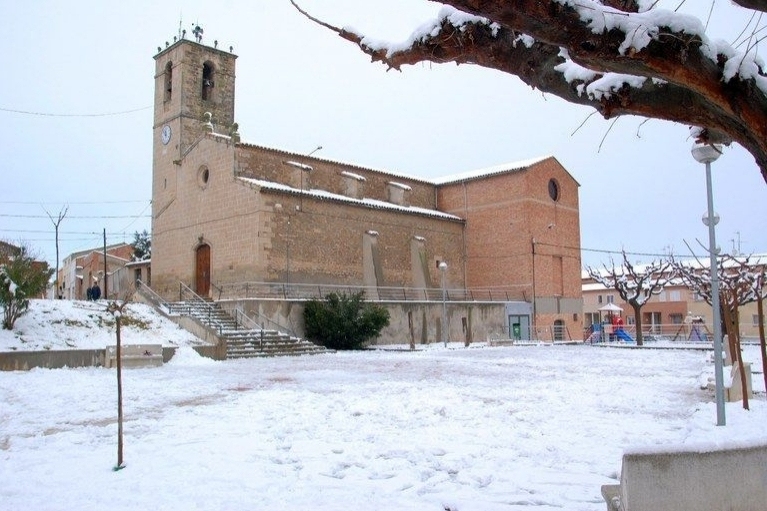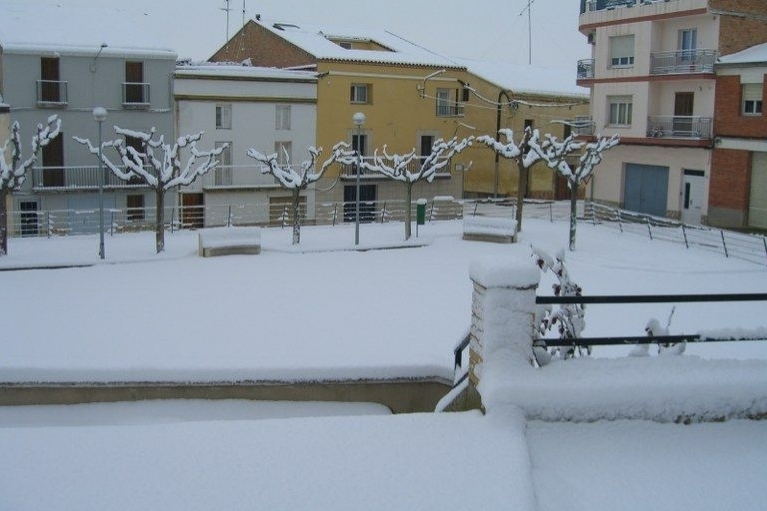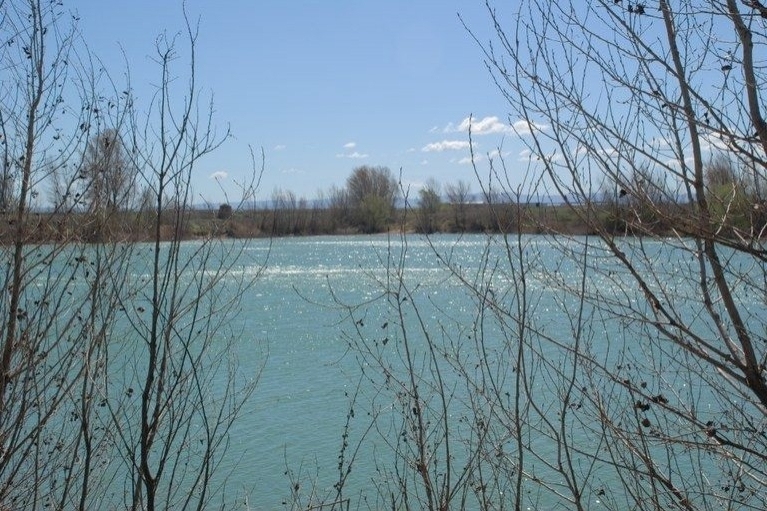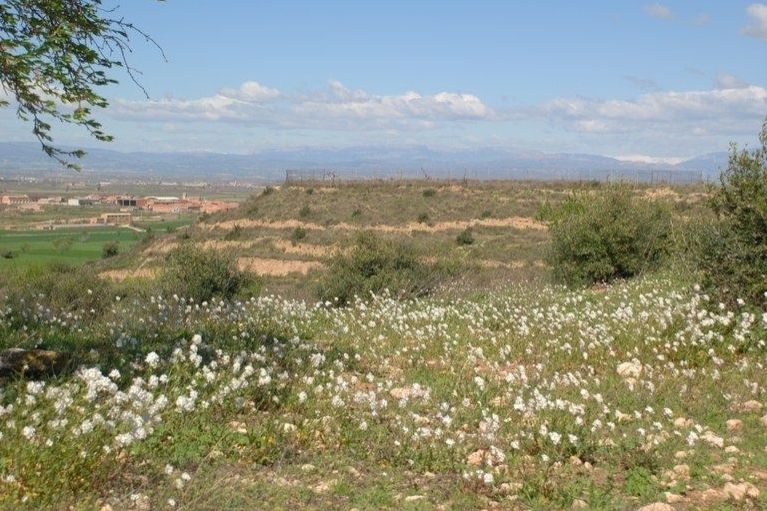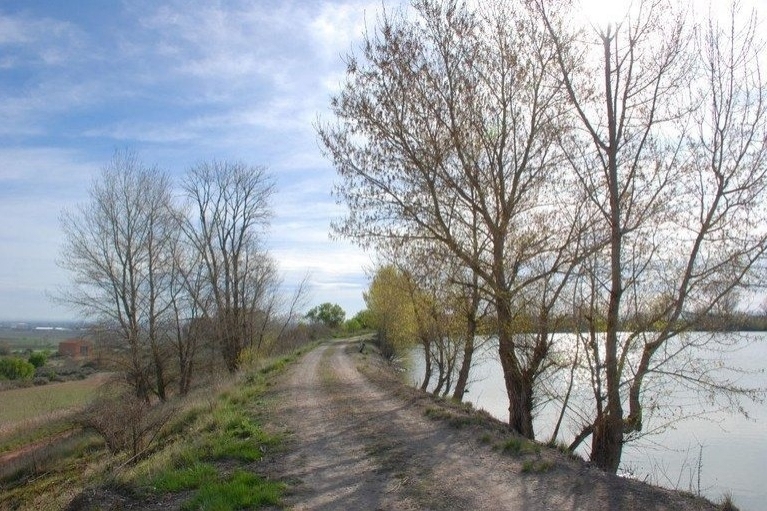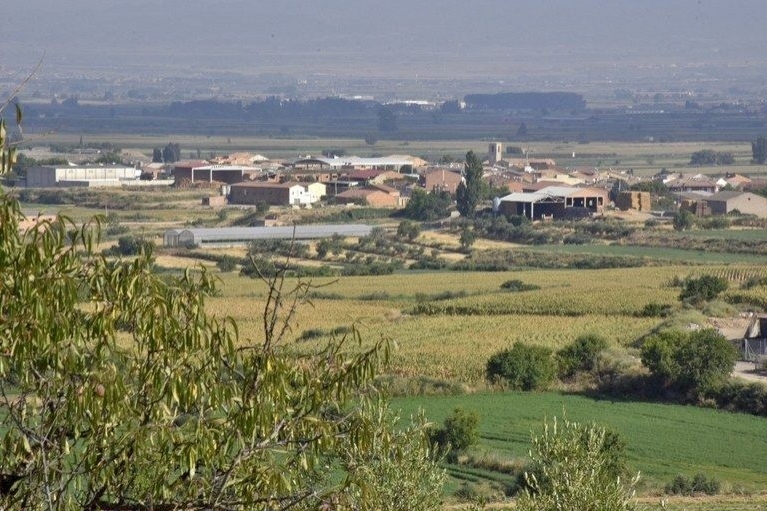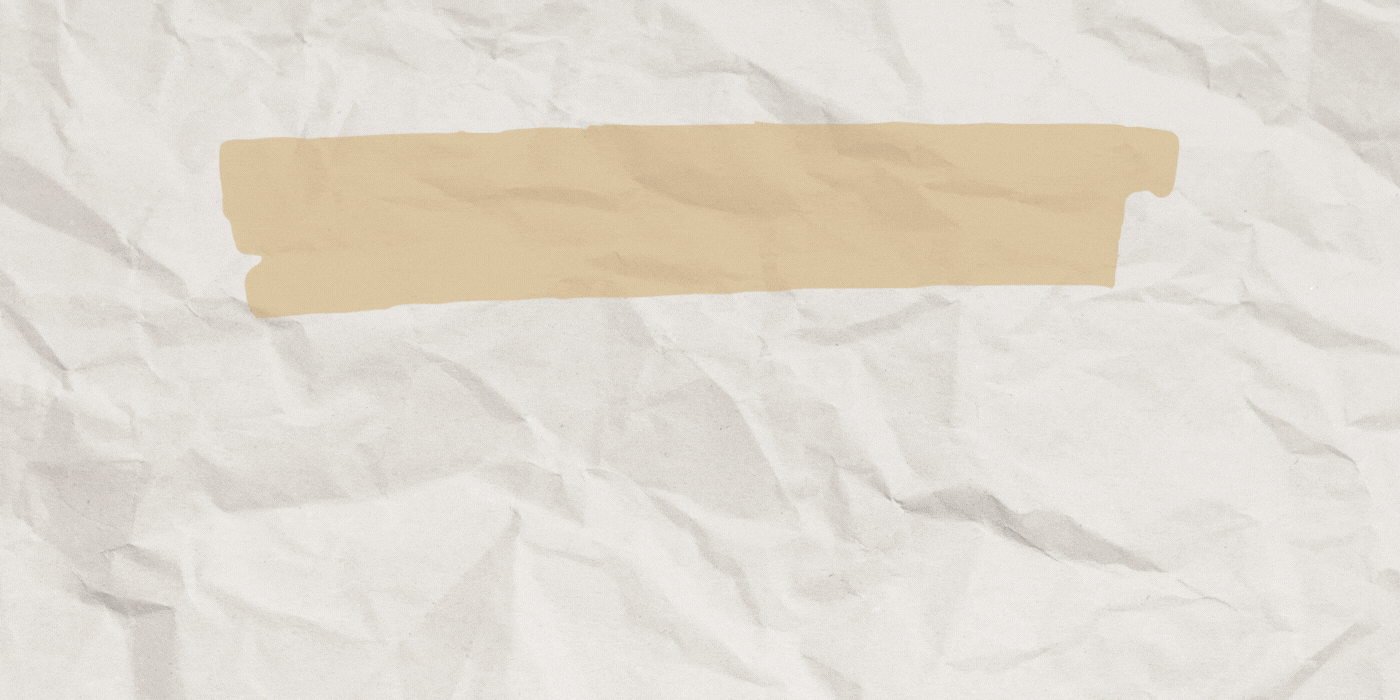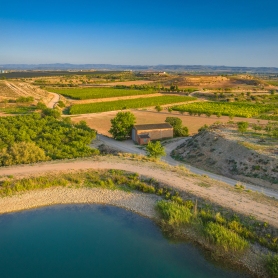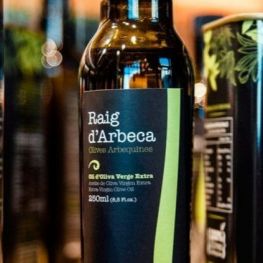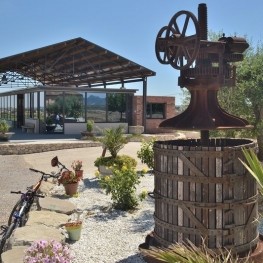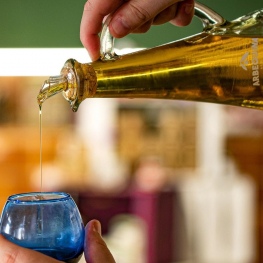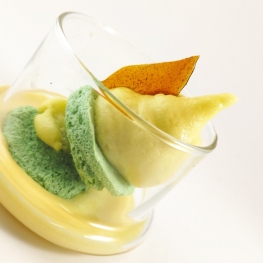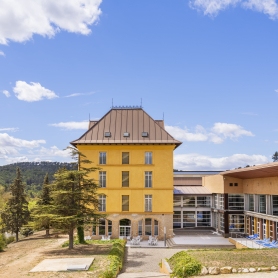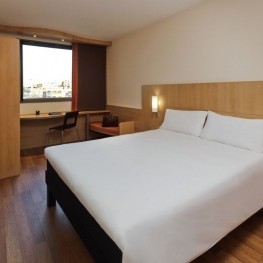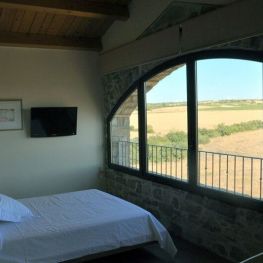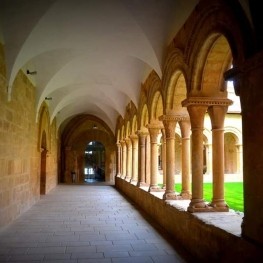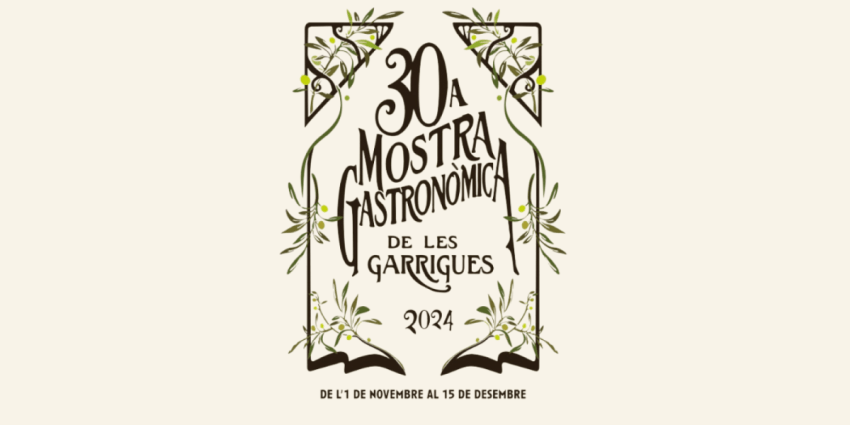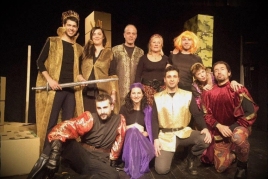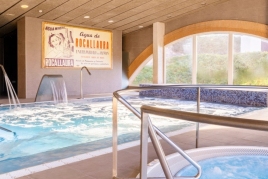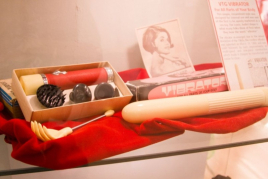Sidamon
Sidamon is located in the western part of the Pla d'Urgell region, 232 metres above sea level. It borders the municipalities of Bell-lloc d'Urgell, El Palau d'Anglesola, Fondarella, Mollerussa and Torregrossa. Its area covers an area of 8.16 km2 with irrigated crops (cereals, vegetables, fruit trees...) and dry land crops; as well as poultry farms, cattle and pigs.
The population of Sidamon is of Saracen origin. As early as 1079, the "Liber Feudorum major" mentions "Aquam vivamente que este ultra Cidamundum", a hybrid word of Arabic and Latin; Sidamon and its Castle had already been taken by Ramon Berenguer I and attached to the diocese of Vic (where it remained until the end of the 16th century when it passed to Solsona ) and, in this document, the brothers Ramon Berenguer II and Berenguer Ramon II donated the territory between Anglesola, Sidamon and Torregrossa to the knight Berenguer Gombau of the House of Anglesola, a territory that had constituted for almost a century the limit of the Catalan lands before Lleida and where the counts of Barcelona often resided in their enterprises against the city of Segre, Sidamon and the Palau d'Anglesola continued in the hands of this lineage until the reign of James I. Between the two towns there was a hospital in the mid-12th century to accommodate the sick and pilgrims.
In 1182, Bernat de Anglesola's will gave a recognition to the monastery of Poblet for the care of this hospital. Later, years before 1260, Guillem de Anglesola, who was about to join the Order of the Temple, sold the castle and places of Sidamon to Hugo de Cervià, but the latter's wife, Guilleuma, denounced to the master of the Templars (1260) that William's son, Guillem de Anglesola, the youngest son, had violently occupied the castle of Sidamon in agreement with his father, already a Templar.
In the census of 1358, Sidamon had 35 houses and, like the Palau de Anglesola, it belonged to the military order of Sant Jaume de l'Espasa, within the commission of Montalbà. In the census (fogatge) of 1365 it had 30 fireplaces, belonging to the knight Acard de Muro. Like the Palau, it had been part of the veguería of Tàrrega since 1330 and in 1373 it was exchanged by Enrique de Trastámara, king of Castile, and passed from the order of Santiago to the Count of Empúries (ceded by the king) and three years later to Pedro Sacalua, until in 1405 the Hospitallers acquired both places, with all civil and criminal jurisdiction, within the command of Espluga Calva, where it remained until the end of the Ancien Régime.
During the years of peak banditry in the region, Sidamon was the scene (1587/88) of a major robbery carried out by the famous bandit Minyó de Montellà, a theft of the King's currency, in one of the largest shipments of gold that Philip II of Spain sent to Italy for the soldiers of the Tercios.
It was depopulated after the Reapers' War and in 1717 it had a common mayor with Fondarella and Bell-lloc (who also began afforestation). Zamora stated in his trip (1787) that the surroundings of Sidamon were well planted with olive trees. It had been partially rebuilt in 1810, when in contributions to the French who occupied Lleida, Sidamon had to give 500 quintals of fodder.
The construction of the Urgell Canal brought prosperity to the population. Work began to modernise the city, bringing in water and electricity, repairing the roads that link it to neighbouring villages, and ultimately, urbanising Sidamon.
In recent years, work has been done to provide the town with all basic services in good condition. The canal park has been improved and the town also has a fully-equipped caravan park. In addition, there is also a petanque and picnic area.
It is also worth mentioning the social fabric of the people of Sidamon, where a number of social and sporting entities have emerged. All this human wealth, well complemented by the asset of the installation of services and an industrial area, make the town a very welcoming and pleasant place, which in recent years has experienced a notable increase in its population.
Places of interest
Parish Church of Sant Bartolomeu
The parish church of Sant Bartolomeu, located in the centre of the village, was built in the 18th century on the site of the old castle of Sidamon and the primitive temple. It is a single-nave church with a simple structure, an austere façade with almost no ornamentation and a square bell tower.
Tossal de les Tenalles
Tossal de les Tenalles is an archaeological site of considerable importance, first excavated in 1915. This hill, about 70 metres long by 20 metres wide, contains vestiges of a Roman necropolis and significant remains from the Iberian period. Some of the objects discovered can be seen in the permanent collections of the Archaeology Museums of Barcelona and Lérida.
Nearby routes
See all routes »- Electric car route through the Lands… (a 5.2 km)
- Urgell Canal pedal route (a 5.2 km)
- Culture and legends of Ponent in the… (a 5.2 km)
- The oil route, from field to table (a 12.5 km)
- Grand Tour de Catalunya - Section 2.… (a 12.5 km)
What to do
Oli Raig d'Arbeca
Arbeca (a 12.2 Km)Raig d'Arbeca has a shop (oleoteca) where various varieties of our Extra…
Vinya els Vilars
Arbeca (a 12 Km)A small winery, producing no more than 20,000 bottles, where there is…
Cooperativa Arbequina
Arbeca (a 12 Km)At Arbequina we invite you to try our traditional and premium oils…
Where to eat
El Dien Restaurant
Vallfogona de Balaguer (a 13.6 Km)We love cooking, and we love our customers to receive on the…
Iberik Rocallaura Balneari
Vallbona de les Monges (a 28.7 Km)Iberik Rocallaura Balneari is located on the Cistercian Route, in the municipality…
Where to sleep
Hotels Ibis Lleida
Lleida (a 16.8 Km)Our Ibis hotel in Lleida is integrated into the commercial area of…
La Torre del Codina
Tàrrega (a 28.9 Km)The Torre del Codina is located in the municipality of Talladell, municipality…
Monestir de les Avellanes
Os de Balaguer (a 27.9 Km)An ancient 12th century abbey adapted to the needs of the 21st…
Iberik Rocallaura Balneari
Vallbona de les Monges (a 28.7 Km)Iberik Rocallaura Balneari is located on the Cistercian Route, in the municipality…
